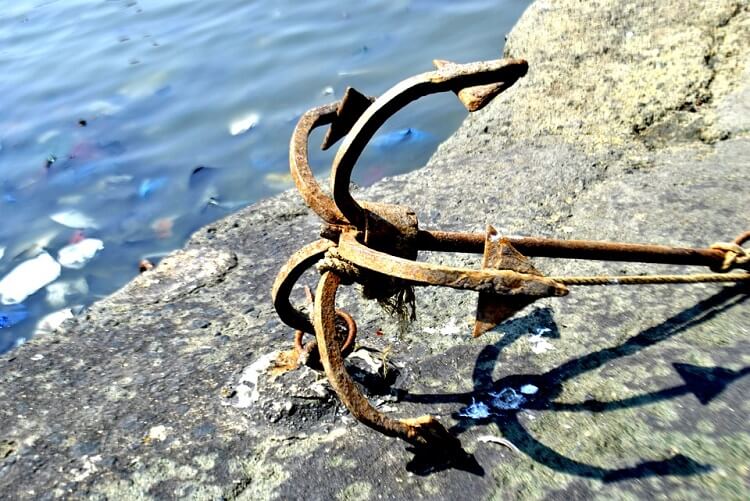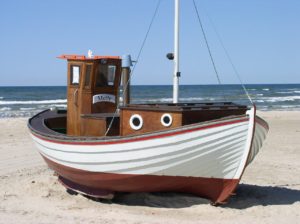If you are new to boating, you may find it difficult to understand the proper usage of anchor. Generally made with metal, an anchor is a tool or device that is used to prevent the boat or craft from drifting due to wind.
Using the anchor is probably the least understood area of boating. You simply throw the anchor in the water and wait until it hits the bottom, then tie if off?
To become a good boater, it requires knowledge and skill. Experienced boaters know the problems that can occur due to type of altitude. Like everything else in boating, right anchoring requires the right equipment, careful thought and a lot of practice.
The starting point is the right ground tackle for your boat and style of boating. (Ground tackle is a term used for anchor, line, chain, shackles and swivels).
There is not a single best anchor that will be a perfect solution for your boating needs. Each style has its own unique benefits as well as drawbacks and performs best under its given circumstances.
The Plow Anchor
The plow anchor or CQR, features single shaped fluke that pivots at the end of the shank. This design has proved to be effective and works well on many bottoms. The plow shank pivots from side to side while remaining parallel to the fluke. This design also makes releasing a snap when the anchor is pulled vertically.
The Danforth Anchor
One of the most popular anchors, Danforth is a great choice for small to medium sized boats. It features two long sharp pivoting flukes and long shank.
Danforth anchor is a lightweight and easy to use anchor, it digs well into the sand or mud and release easy when pulled from different directions. The flukes on the Danforth pivot to make the pulling easy for the shank at a more vertical angle.
Danforth anchor is an ideal choice for fishing that requires quick release and moving around to different locations. But if you fish overnight or travel to different areas of water, then you may need to consider a different anchor that can hold better in changing conditions.
The Bruce or Claw Anchor
Bruce anchor was originally created for offshore gas and drilling rigs but more scaled down version of this anchor is popular among the boaters. This anchor holds fast, yet it will still come loose when pulled vertically.
Claw anchor is similar to plow anchor but instead of a single plow, it has multiple extensions. Due to their shape, claw anchors work well in rocky conditions as with their multiple claws they are more likely to find a hold. As compared to a plow, Claw anchor is heavier and also require a bow roller for storage and deployment.
Mashroom Anchors
Mashroom anchors are ideal for smaller boats and day trips. It is like shape of an upside down mashroom with a lip around the mashroom cap, these anchors work well in the mud or sand & settle nicely into soft surfaces to hold your boat while you fish, swim, or otherwise relax for a few hours.
When buying a mashroom anchor, look for the one that has drain holes. Without drain holes in the mashroom cap, pulling out the mud from the anchor can be very difficult. Another important thing to look for is that mashroom anchor should be vinyl coated, as this will do less damage to your boat when it knocks around the hull or deck.
Selecting the Right Anchor
Boats are different in their size and shapes, yet it is very important to always select the anchor system that matches the length of your boat, displacement and windage. Use only top quality braided nylon anchor line if you are looking for elasticity, durability and strength.
Size and length of your anchor line also matters a lot as it should be appropriate for your boat and its requirements. For small or medium sized boats, it is recommended to use a section of galvanized steel chain between the line and the anchor.
If you are new to boating, learning proper anchoring techniques is important. As you are getting used to boating, you will be able to become more familiar with it OR if you prefer you can also learn more about anchoring by taking classes from a qualified boating professional.




